Highlights of the Cannondale 2017 range
Cannondale's 2017 range includes new disc braked options, new carbon and aluminium framed bikes. There is also an all-new cyclocross bike range and new hybrid bikes.
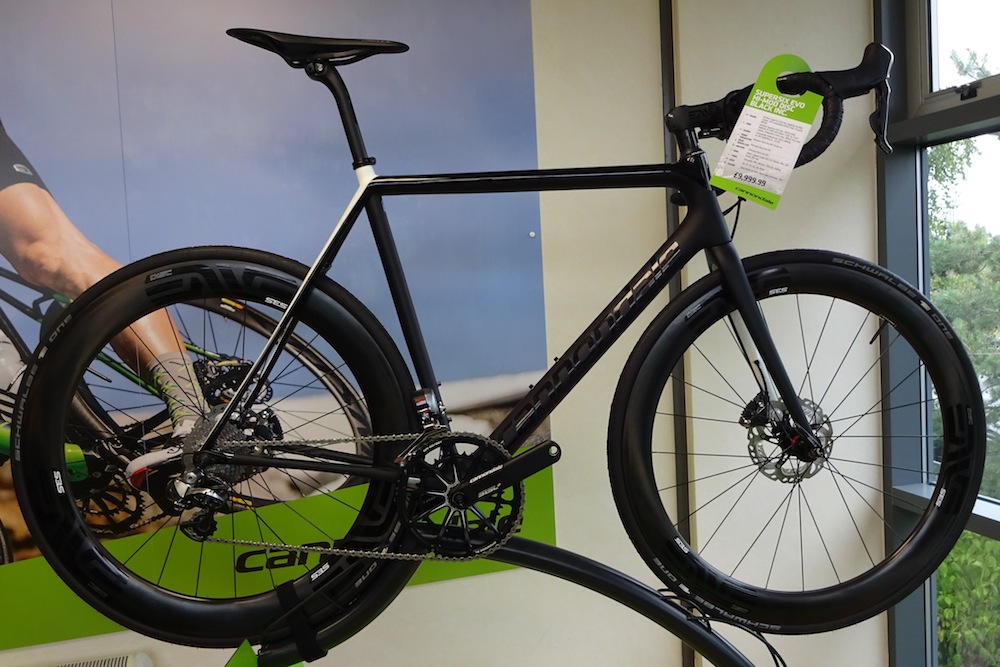
Top of the tree is this Black Inc Disc with Enve wheels and Dura-Ace Di2 at £10000

Cannondale has been showing off its 2017 range this week in Poole. The highlights are the new SuperSix Evo Disc, the all-new SuperX cyclocross bike and a new version of the Quick hybrid bike.
We’ve already reported on our first ride of the SuperSix Evo Hi-Mod Disc in Austria. Cannondale markets the SuperSix Evo Disc as a fast sportive bike and emphasises its size-specific construction which means that each size handles similarly: a large bike is no less rigid than a smaller one. It also highlights the small increase in frame weight of just over 50g from the rim braked version, leading to a sub-6.8kg build for top spec models.
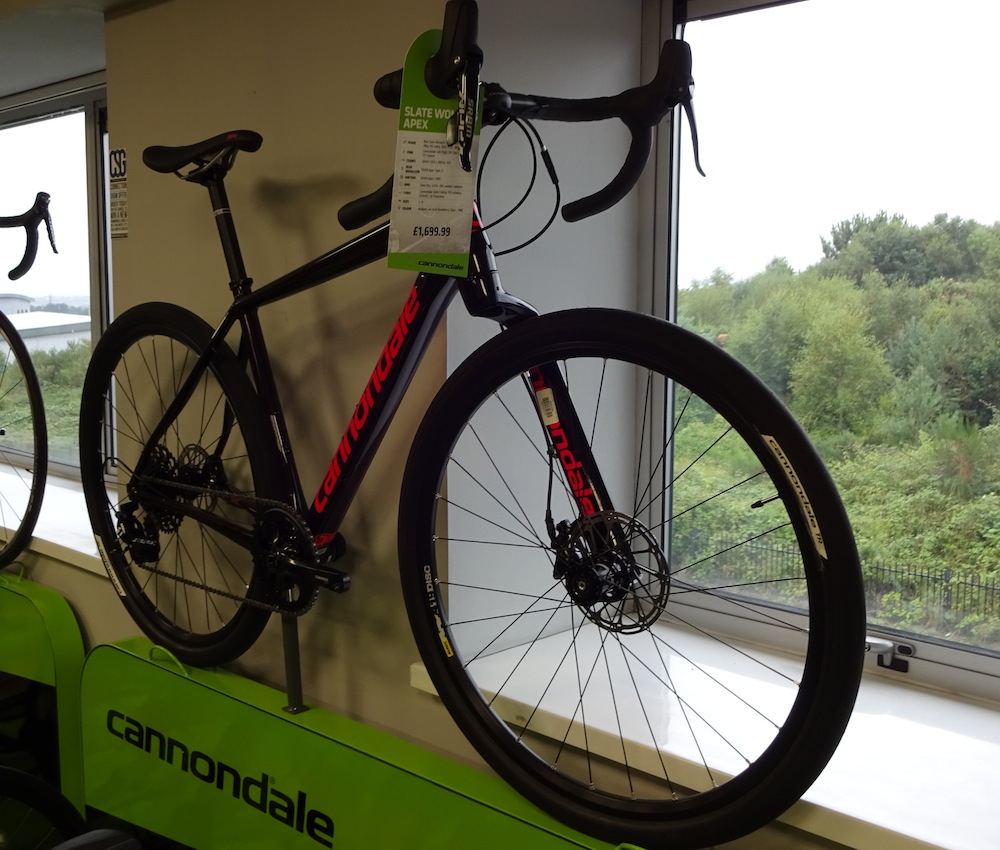
When Cannondale launched the SuperSix Evo Hi-Mod it retained the previous SuperSix Evo’s frame design on its lower spec bikes. Now it has updated the (non-Hi-Mod) Supersix Evo so that it has the same frame design as the HiMod version. So it has now inherited the higher spec bike’s aero features. It’s available as a rim braked version with a frame weight of 980g (as opposed to 777g for the Hi-Mod) as well as a disc braked version.
Watch: eight things to know about disc brakes
Elsewhere in the road bike range, the CAAD8 is replaced by the CAAD Optimo, which has the same geometry and similar frame tube profiles to the CAAD12, but is made from a lower grade of aluminium.
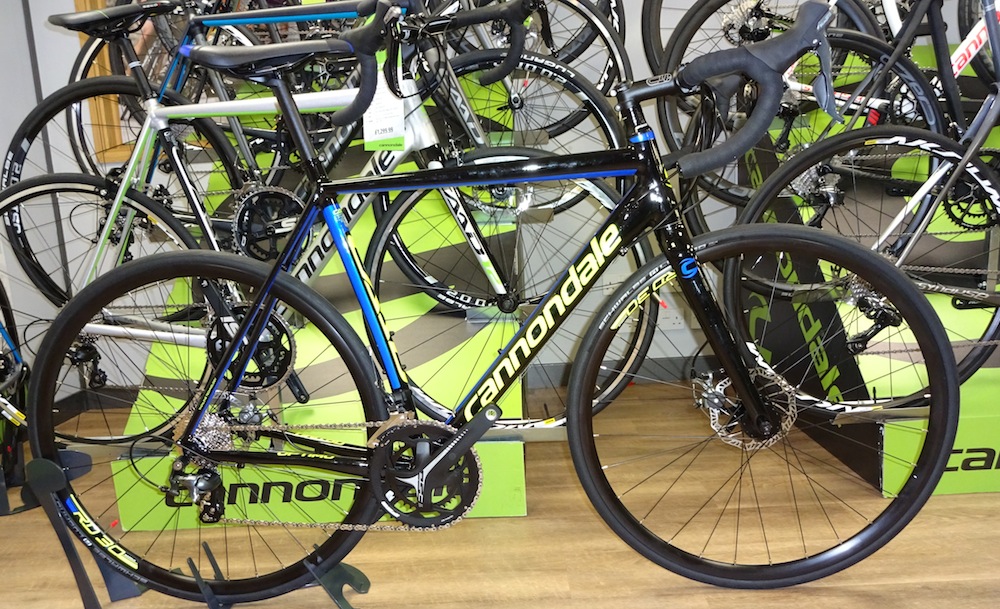
There are also more models in the Synapse range – with and without discs – and an increased number of women’s models across the road bike range. And the Slate range includes a new option with a rigid Lefty fork and SRAM Apex, including a women’s version, priced at £1700.
>>> Synapse Carbon Disc review
Many 2017 bikes include options with Cannondale’s own Hollowgram carbon wheelsets. Developed with Stan’s there is a range of rim depths and they are tubeless ready.
New cyclocross range
Again we’ve reported on the SuperX’s new design at its launch announcement. It’s designed for faster riding on more aggressive courses, with its steering geometry borrowed from Cannondale’s mountain bikes. There’s an increased front centre and lower head angle for more stability, offset by a reduced fork offset for lower trail.
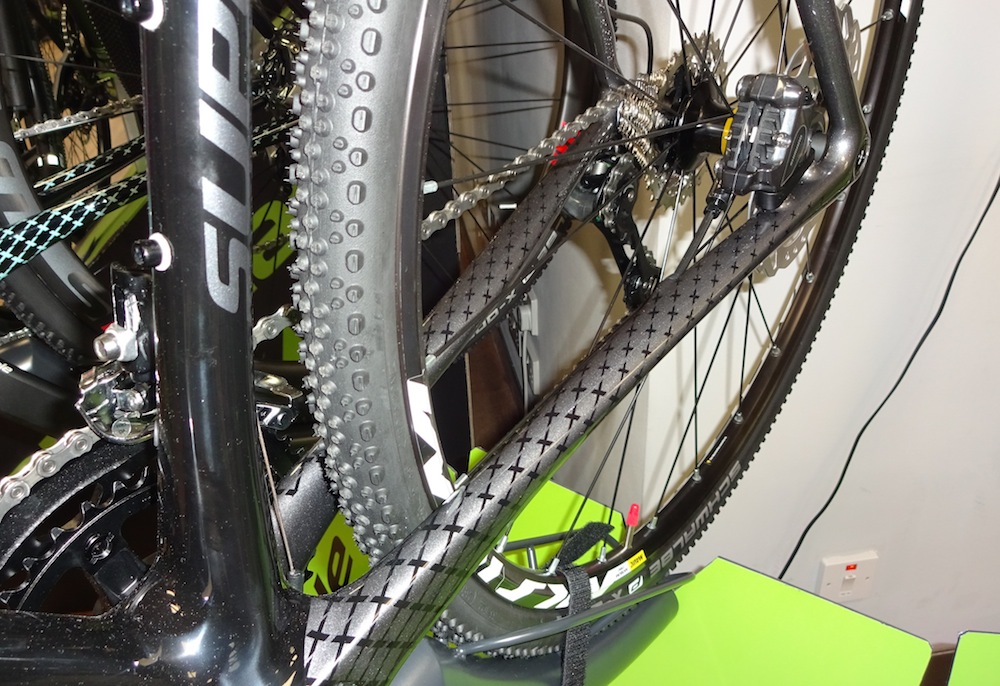
Cannondale has also offset the bottom bracket 6mm to the right, in an approach which it calls Ai offset and which it applies to its mountain bikes too. This allows it to reduce its chainstay length while providing clearance for up to 40mm tyres and improving traction at the same time. It allows the use of a rear wheel with less offset too, leading to better force distribution.
If you want to but aftermarket wheels some manufacturers like Mavic supply wheels to fit, while others may need to be retrued or need spoke replacement. Cannondale provides guidance on the options.

The SuperX also has flexible internal cabling options, thru-axles and incorporates Cannondale’s SpeedSave design and a 25.2mm seatpost for better shock absorption. Cannondale claims a 1kg frame weight for the SuperX. UK prices are £2500 with 105, £3000 with Ultegra and £3800 with Force 1.
>>> How to get into cyclocross
Its aluminium CAADX range is also redesigned. Although it does not feature the AI Offset rear end, it does include many of the features found on the SuperX. Prices range from £850 with Sora up to £1400 with Apex.
New Quick hybrid bike
The aluminium Quick hybrid range has been redesigned for 2017, although the carbon framed models remain unchanged from 2016.
Cannondale says its goal was to produce a rider-focussed fitness bike which prioritised comfort, visibility, control and speed.
Comfort is addressed by the inclusion of carbon forks and stays with Save technology. It’s also looked to include quality bar grips and saddles.
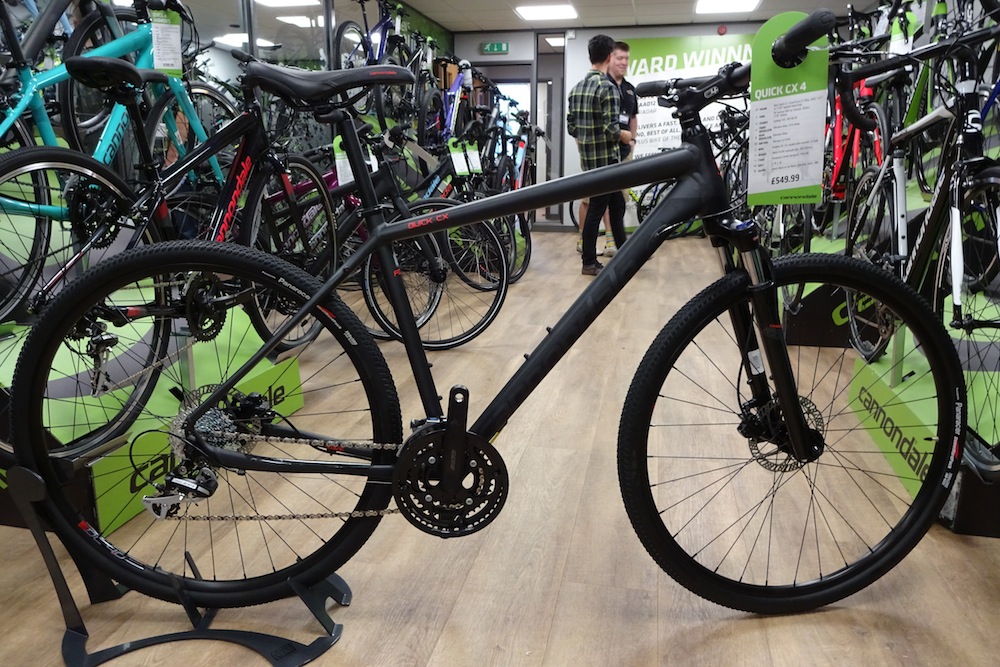
Cannondale says it has found that newer and urban riders value good visibility, so it has increased the headtube length and slackened the geometry for more stable handling and included reflective graphics and reflective tyre sidewalls on most bikes.
Control is addressed by the geometry changes and by the inclusion of three disc braked options.
>>> Everything you need to know about disc brakes
It has also designed the bike to be light, claiming 500g less than a Specialized Sirrus Sport and a full kilogram less than a Trek Allant 7.2. Aluminium Quicks are priced between £420 and £900.
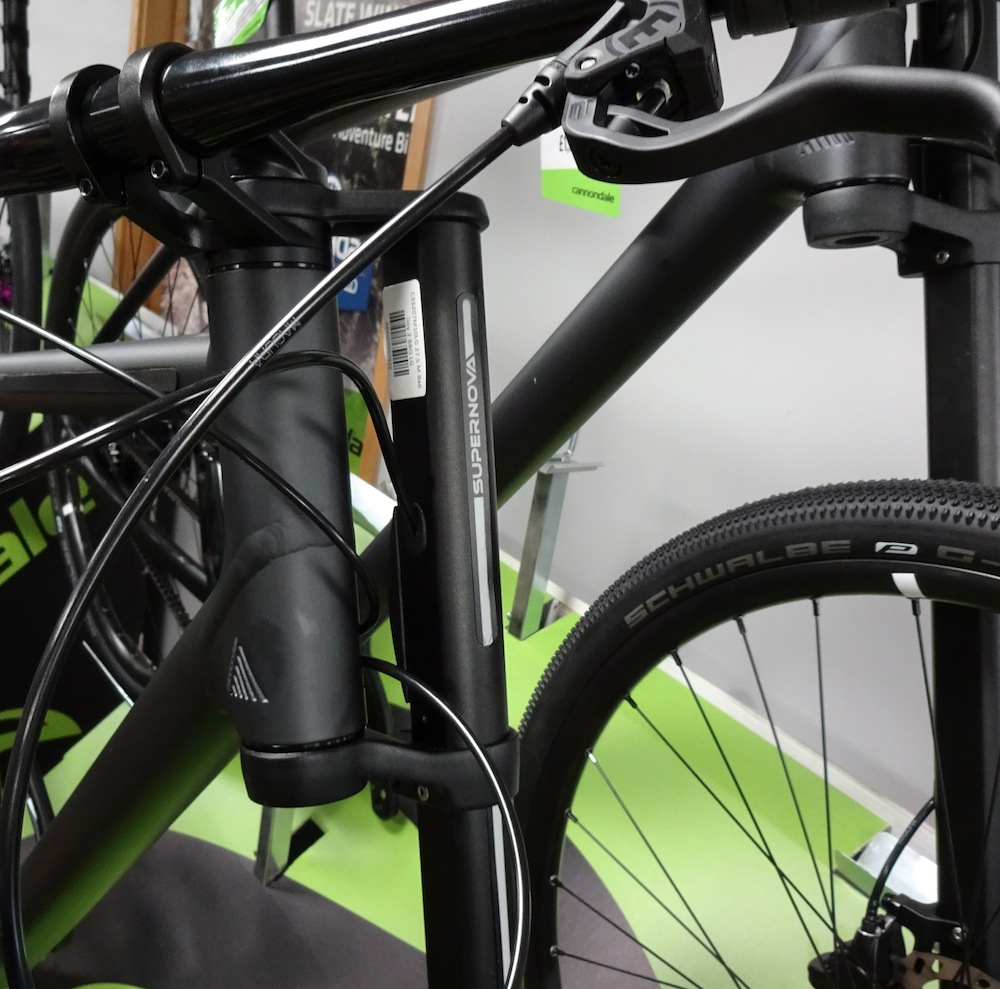
There are three variants labelled CX which have suspension forks and more knobbly tyres for mixed surface riding. Prices range from £550 to £850.
There’s also a redesign of the Bad Boy urban bike, with a rigid Lefty fork and a new frame. The higher spec variants also include LED lights built into the seatpost and a strip light in the forks. The top end version gets a Gates belt drive. Prices range from £700 to £1400.

Thank you for reading 20 articles this month* Join now for unlimited access
Enjoy your first month for just £1 / $1 / €1
*Read 5 free articles per month without a subscription

Join now for unlimited access
Try first month for just £1 / $1 / €1
Get The Leadout Newsletter
The latest race content, interviews, features, reviews and expert buying guides, direct to your inbox!
Paul started writing for Cycling Weekly in 2015, covering cycling tech, new bikes and product testing. Since then, he’s reviewed hundreds of bikes and thousands of other pieces of cycling equipment for the magazine and the Cycling Weekly website.
He’s been cycling for a lot longer than that though and his travels by bike have taken him all around Europe and to California. He’s been riding gravel since before gravel bikes existed too, riding a cyclocross bike through the Chilterns and along the South Downs.
-
 Save £42 on the same tyres that Mathieu Van de Poel won Paris-Roubaix on, this Easter weekend
Save £42 on the same tyres that Mathieu Van de Poel won Paris-Roubaix on, this Easter weekendDeals Its rare that Pirelli P-Zero Race TLR RS can be found on sale, and certainly not with a whopping 25% discount, grab a pair this weekend before they go...
By Matt Ischt-Barnard
-
 "Like a second skin” - the WYN Republic CdA triathlon suit reviewed
"Like a second skin” - the WYN Republic CdA triathlon suit reviewed$700 is a substantial investment in a Tri Suit, and it is, but you’ll definitely feel fast in it
By Kristin Jenny